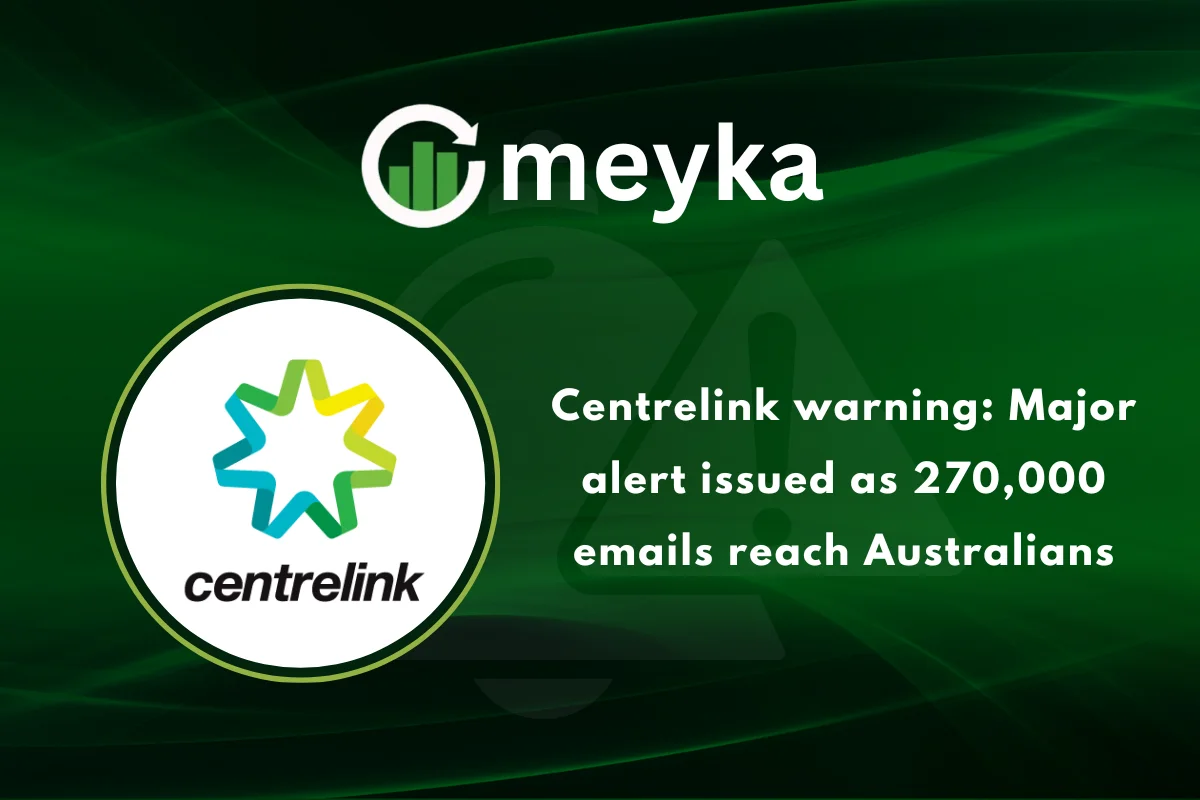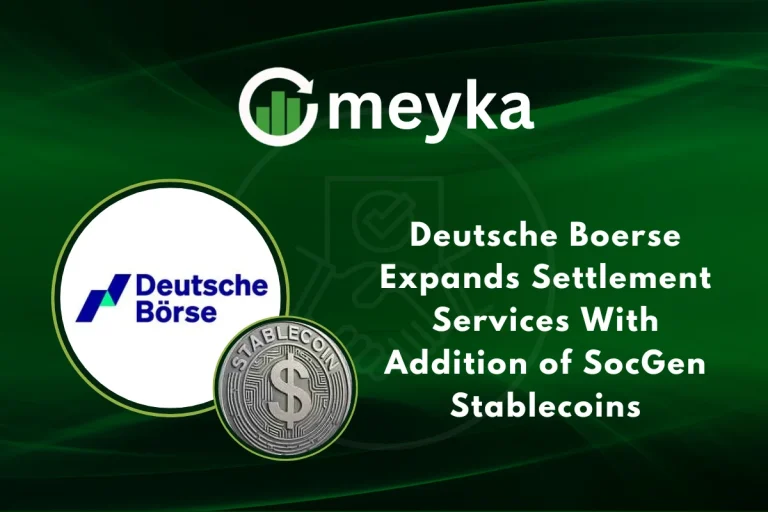Centrelink Warning: Major Alert Issued as 270,000 Emails Reach Australians
Recently, a major alert has been issued regarding a Centrelink warning, after more than 270,000 phishing-style emails impersonating Services Australia and Centrelink have flooded Australian inboxes. This is not just a scare tactic; it’s a real threat that puts people’s personal information and financial security at risk.
What Is the Centrelink Warning About?
Scammers are sending massive bulk emails that look like they originate from Centrelink or myGov. These email campaigns aim to trick recipients into clicking malicious links or handing over confidential information, such as bank account numbers, myGov login credentials, or even their Medicare and tax file details.
According to reports, the scammers use fake “bonus payment” messages, urgent payment updates, or threats of account suspension to create panic. Many of these messages employ urgent language, pressuring individuals to act quickly and without thinking. This is all part of a calculated phishing scam designed to steal identities.
Why Is This Fake Email Campaign So Dangerous?
- High Volume, Broad Reach
The scale is concerning: over 270,000 potentially fraudulent emails is a huge number. The National Anti-Scam Centre (NASC) has raised the alarm about similar bulk extortion campaigns. - Impersonation of Trusted Institutions
These emails often impersonate Services Australia, myGov, the ATO, or Centrelink itself. Scammers are getting increasingly sophisticated; some use nearly identical layouts to official government sites. - Fake Payment Promises
The messages commonly advertise “one-off” or “bonus” Centrelink payments, such as $890 for cost-of-living support or even higher fake amounts like $1,800. Services Australia has made it clear: these payments do not exist. - Credential Theft
If a person clicks the link, they may be led to a cloned MyGov login page, at which point scammers can harvest login IDs, passwords, and other sensitive personal info. - Real Emotional and Financial Risk
Beyond identity theft, there’s potential for direct financial loss. Some campaigns combine extortion tactics. - Mass Distribution Tactics
Criminals don’t need every single person to fall: even a small success rate is enough to make these phishing campaigns very profitable.
How Scammers Make Their Emails Convincing
- They mimic the official look and feel of myGov and Centrelink correspondence.
- They use urgent wording, such as “action required,” “your account will be suspended,” or “verify your eligibility.”
- The sender address might look official, but scrutiny often reveals that it’s not from a .gov.au domain.
- The links inside these emails frequently lead to fake websites designed solely to harvest credentials.
- Some scammers even use dark web “scam-in-a-box” kits to quickly spin up convincing fake sites.
How to Protect Yourself from Centrelink Phishing Scams
Given the scale and sophistication of this scam campaign, it’s more important than ever to guard your online identity. Here are key steps Australians should take:
- Don’t Click Email Links: Never click links that arrive via email claiming to be from Centrelink or myGov. If you need to check your account or messages, always go directly via the official website or app.
- Check the Domain: Legitimate government sites end with “.gov.au”. If the web address in an email doesn’t match that, treat it with suspicion.
- Be Wary of Urgent or Threatening Language: Scammers try to force you into reacting quickly. Real communications from Services Australia will not threaten to cut off your support without going through official channels first.
- Use Multifactor Authentication (MFA): MFA adds an extra layer of security, making it harder for scammers to take over your account even if they have your password.
- Report Suspicious Emails: If you spot a phishing attempt, forward the email to reportascam@servicesaustralia.gov.au. This helps authorities track down scam networks.
- Stay Informed: Keep up-to-date with scam alerts from trusted sources like the National Anti-Scam Centre or Scamwatch.
What’s Being Done About It
- The National Anti-Scam Centre (NASC) is tracking and alerting the public about this mass email campaign.
- Services Australia is reinforcing its warnings and urging customers to only trust messages from .gov.au domains.
- Law enforcement and cybersecurity agencies are also stepping up. In one case, a Chinese national was sentenced for sending millions of fraudulent texts impersonating Centrelink.
- Meanwhile, there is public education: Australians are being reminded via media and official channels not to reply to suspicious emails and to always verify their communications by logging in via official sites.
Why This Centrelink Warning Matters
This is not just a minor nuisance; it’s a systemic threat affecting lives across Australia. Whether you are a Centrelink recipient, a pensioner, or just someone who uses myGov services, these phishing campaigns could cost you your identity, your money, or both.
Because scammers are leveraging the trust associated with government services, these attacks are hazardous. They don’t just pretend to be sending “your money”; they pretend to be managing the very system you rely on.
If even a fraction of these 270,000 emails succeeds, the damage can be real, not only financially, but emotionally and psychologically, especially among vulnerable populations.
Final Thoughts
We must remain vigilant. The Centrelink warning is not theoretical; it’s based on thousands of reports and a real surge in phishing activity. Scammers are not just playing cheap tricks; they are deploying sophisticated, large-scale campaigns to prey on people’s trust.
By following basic but powerful security measures, verifying domains, avoiding email links, enabling MFA, and reporting scams, we can shield ourselves and contribute to stopping these attacks. The government, too, must continue to educate its users and safeguard them.
Stay safe. Stay alert.
FAQs
Genuine emails from Services Australia or Centrelink will come from a .gov.au domain, will not ask you for sensitive personal information via email, and typically won’t include links to log in.
Immediately change your myGov password, enable multifactor authentication, and report the email to reportascam@servicesaustralia.gov.au. Monitor your accounts for any unusual activity.
Because Centrelink is a widely trusted government service, scammers see it as a powerful phishing tool. If they can access someone’s MyGov account or personal info, they can exploit that for identity theft, fraud, or financial gain.
Disclaimer:
The content shared by Meyka AI PTY LTD is solely for research and informational purposes. Meyka is not a financial advisory service, and the information provided should not be considered investment or trading advice.






